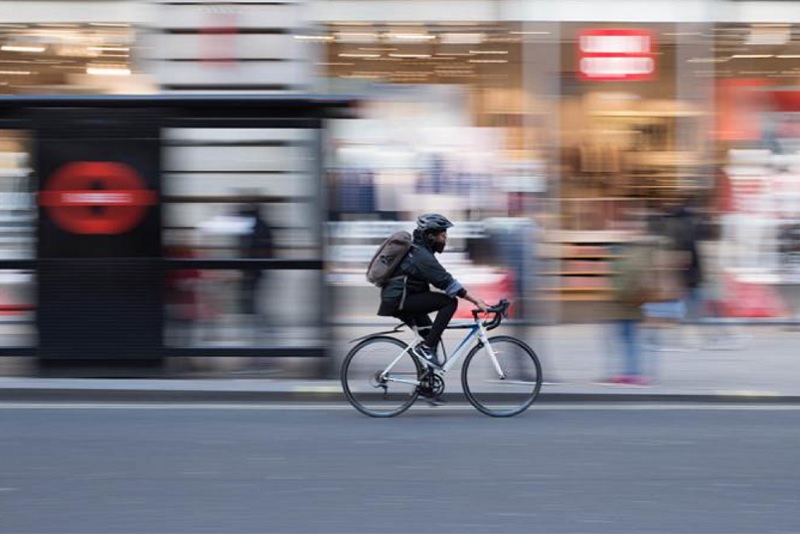
Cycling infrastructure in Britain is not keeping riders safe – and could in fact increase risk – according to a recent study.
The study – funded by the Road Safety Trust and led by professor Rachel Aldred from the University of Westminster – found that painted cycle lanes and shared bus lanes tend to increase the likelihood of injury, compared to there being no such infrastructure.
Infrastructure which separates cyclists from traffic was better, but still did not reduce risk, the study also concluded.
These findings were different from a related study in London, which found that good quality cycle tracks provide good levels of protection.
The University of Westminster study also highlighted the danger posed by intersections, with the most dangerous for cyclists being roundabouts. Typical UK roundabouts don’t have cycle infrastructure and have wide entrances and exits for motor vehicles, meaning that drivers are speeding up just when cyclists are at their most vulnerable.
Petrol stations and car parks also increase risk for cyclists – as do pedestrian guard railing, which was also found in an earlier TfL study to increase collisions, but is still being installed in towns and cities across the UK.
Like other research, the study found that there was ‘safety in numbers’: in situations where more people cycle, each individual cyclist is safer. Researchers say this highlights the additional safety benefit from creating routes and infrastructure that attract new cyclists.
Professor Aldred said: “These findings show that typical infrastructure used by cyclists is failing to protect cyclists in Britain and may even make things worse.
“Studies in London and internationally show that good cycle infrastructure can reduce risk. But this research shows that typical UK cycling environments – like narrow advisory lanes, shared footways, and shared bus lanes – don’t keep cyclists safe.”
The study used an innovative ‘case-crossover’ method that looks at risk per cyclist. This allowed the researchers to distinguish between locations that have more injuries because there are more cyclists, and locations that have more injuries because each cyclist is at higher risk.
The researchers used police data for people injured commuting in Britain in the 2017 morning peak. They compared the injury locations to locations randomly selected from their routes before they were injured.
Because the researchers did not have actual routes, the Cyclestreets journey planner was used to model the routes the commuters followed.
Comment on this story